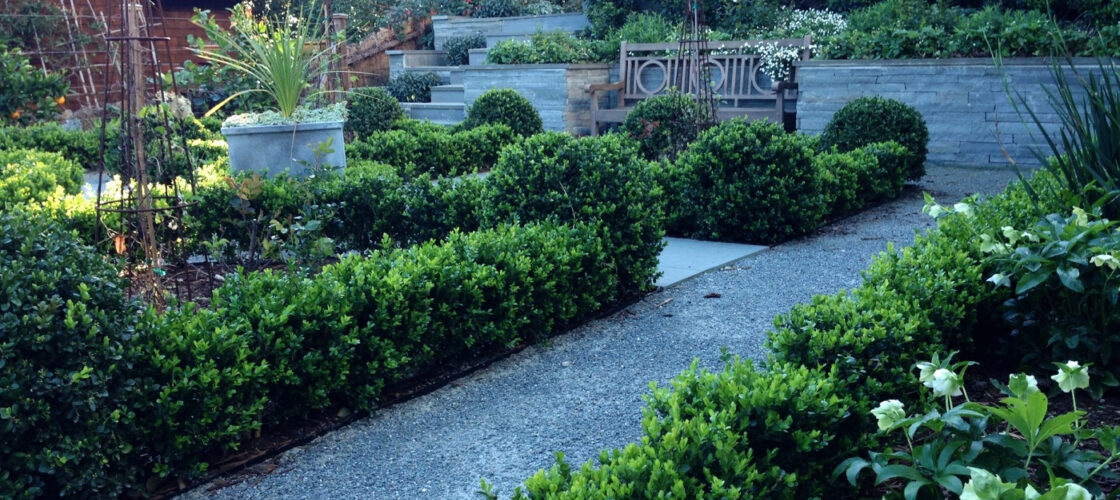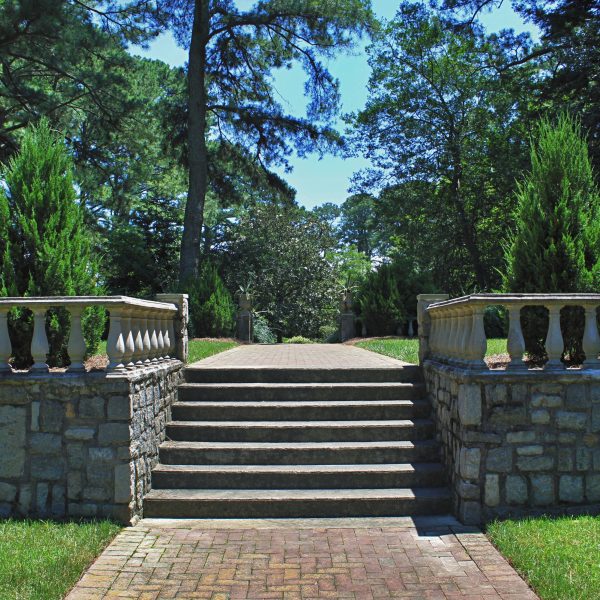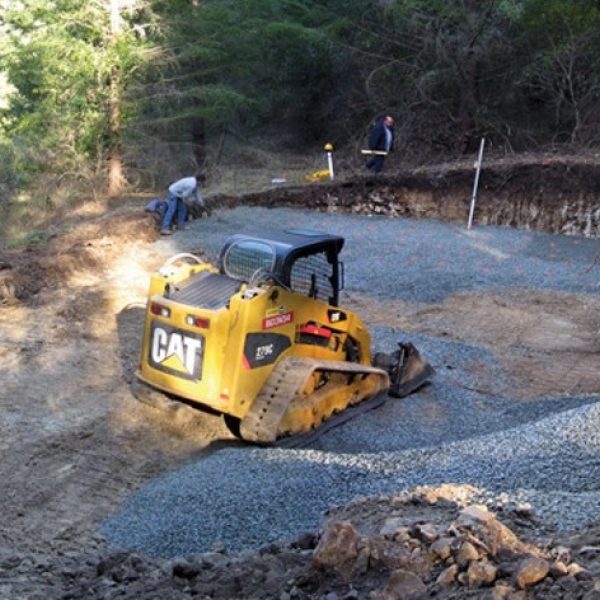
Designing the Future of Outdoor Spaces
Industry NewsDesigning the Future of Outdoor Spaces
Industry News
For over two decades, landscape designer Christian Douglas has explored his passion for creating “beautiful and productive outdoor spaces.” Three key criteria inform his designs: Sustainability; that gardens be edible; and that they have a high end, stylized design sensibility.
His Californian Modern Edible design perfectly embodies these traits. This masterpiece can be found at a private residence in Mill Valley.
At 5,000 square feet, the limited lot size presented a challenge. Douglas maximized the space by creating multiple living areas that allow several distinctive experiences as visitors move throughout the landscape. He accomplished this by using raised vegetable planters, strategically placed anchor points such as a water feature, and carefully chosen plants and fruit trees.
To increase the sustainability of the landscape, Douglas incorporated a rainwater catchment system into the front yard, which made using a permeable paving material a crucial aspect of the landscape design.
Decomposed Granite Failed
The decomposed granite, used as a substrate, served its purpose for about two years. After that time, it had deteriorated and tracked away so extensively that it needed to be replaced. He attempted a workaround, trying a polymer hardener in an effort to make the decomposed granite more stable and to keep it in place. Unfortunately, this failed; not only did it look “awful,” but the decomposed granite would still track away into the house. Plus, polymer hardeners can reduce permeability and run the risk of allowing unnatural substances to leach into the groundwater.
GraniteCrete Was The Right Replacement
Douglas decided it was necessary to remove the material altogether and start over with a better paving material. That’s when Howard Lasker of SBI Building Materials and Landscape Supplies recommended he use GraniteCrete for its permeability, natural look, and durability.
To complete the installation, Douglas brought in Dave Washer and his team at Art Gardens. Washer has extensive experience installing GraniteCrete and is a recommended installer of the product.
Recycling the Old Decomposed Granite – a bonus!
Since GraniteCrete is mixed with decomposed granite, Washer first made sure the old decomposed granite fit GraniteCrete specifications. Once confirming it did, Washer was able to satisfy Douglas’ goal of sustainability by recycling the old material and using it for the pedestrian pathways in the garden.*
These new pathways support the original goal of utilizing a permeable paving material that augments the landscape’s rainwater system. Additionally, because the material is not “loose,” it won’t track away and these beautiful pathways will be a lasting and attractive feature of this garden for years to come!
“GraniteCrete is more expensive [than plain decomposed granite], but after using decomposed granite for years we found that while decomposed granite is cheaper upfront, the lifetime cost is higher [when you take into account] repairs, redoing it, et cetera.” - Christian Douglas, Christian Douglas Landscape Design


